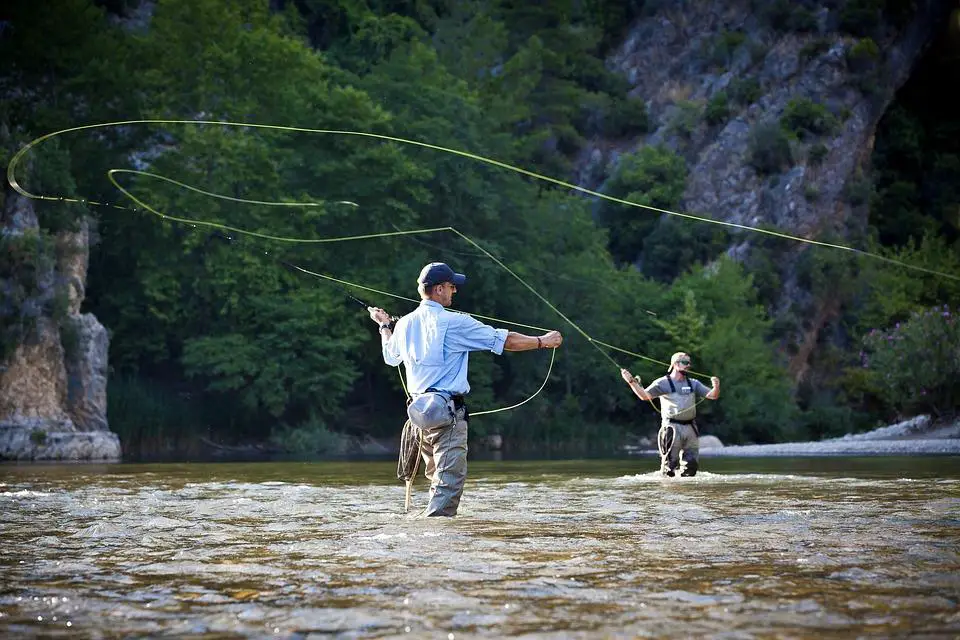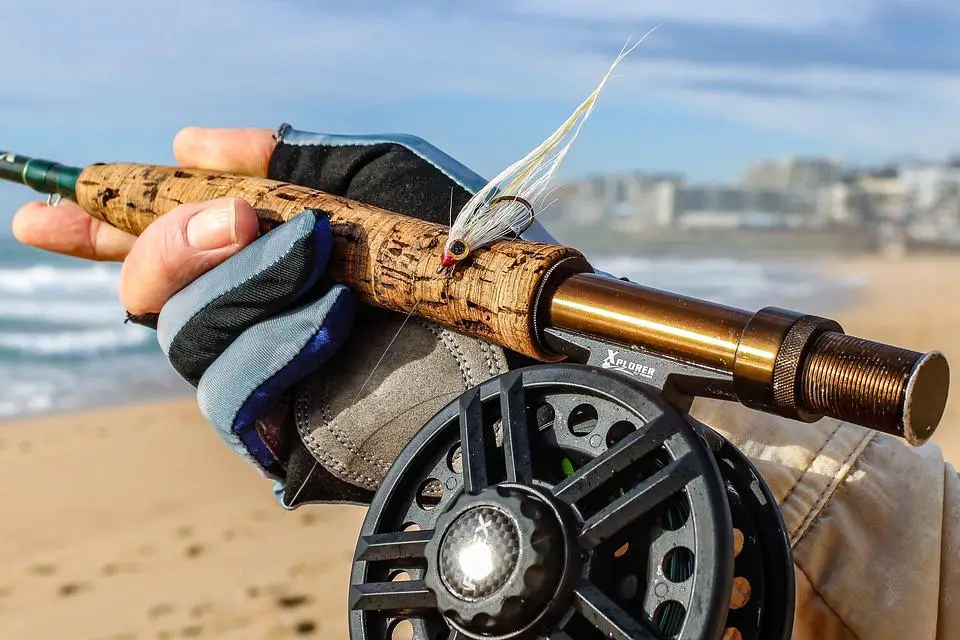This post was last updated on February 19th, 2023 at 04:43 pm
Ah, the art of fly fishing. There’s nothing quite like standing knee-deep in a beautiful stream, casting your line and waiting for the fish to bite. But, as any seasoned angler knows, there’s more to fly fishing than just casting. One of the most important skills in fly fishing is mending your line, and it’s not just because it looks cool (although it does make you look like a pro).
So, what exactly is mending your line? Well, it’s the process of repositioning your fly line on the water after it has been cast. This helps to create a drag-free drift and allows your fly to move naturally with the current. Essentially, mending your line helps to make your fly look like it’s just floating along naturally, which is more likely to entice a fish to bite.
Perhaps one of the most important things you can do to catch more trout is to perfect your line mending skills. In order for any large fish to eat your fly, it’ll need to be drifting naturally. No big fish will tolerate poor drifts or dragging flies and stick around to eat your offerings. Mending isn’t hard to learn, especially once you lock down the basic technique and are conscious about when and where to mend effectively.
In this post, I will go over every aspect of mending. How to mend, why to mend, when not to mend and why etc. This will be a time consuming and intense post that I hope will help anglers for many years to come.
When I’m teaching a new fly fisherman to mend, the first thing I do is to make a long cast straight out and have them watch the fly drag across the water like a water skier. With no mend in that line, your flies will be swinging (aka “dragging”) across the surface and the trout will immediately know that your fly is fake. To reiterate, yes, a trout will ignore your fly if it sees it drag on the surface. Natural bugs drift drag-free.
A small flick of the wrist will turn a bad drift into a drag-free drift that will entice the trout to strike your fly. Mending is a crucial skill to learn for all fly anglers.

Basic Line Mending Principles
When most people are taught to fish and cast, they’re told to leave a minimal amount of line on the water to ensure you are able to set the hook. While mending, there is a fine line between having too much line on the water and not enough. Without enough line out, your fly will inevitably have some tension on it which makes mending pointless. With too much line out your fly line will be difficult to mend and you won’t have the ability to set the hook on the fish.
The best way to perfect your mend is to practice. I watch brand new fly fisherman become great line “menders” within the first couple hours on the river all the time, but that might be because I am standing behind them reminding them to mend.
One of the best line mending tips I can give you is to simply use a long leader. When I say “leader,” that comprises your leader and tippet together–the entire length is referred to as your leader. When you use a long leader, it makes it easier to attain a drag-free drift. The shorter the leader, the easier it is to mess up a mend.
Lastly, using a long leader can make mending unnecessary is many instances. Mending can spook fish, so don’t mend if you don’t have to.
Mending Tips
- The best way to know when to mend is to watch what the current is doing to your line. If the current tries to pull your line upstream, then you’ll need to mend downstream. For the most part, whatever the current tries to do to your line, you need to do the opposite.
- Mend that line as soon as your fly hits the water. The longer you wait, the harder the mend will become; because your line will possibly start sinking.
- Good fly line will be easier to mend, because it will float higher. Old/cracked fly line that sinks even in fairly calm water, will make mending tough. If you have older flyline that won’t float as high as you’d like, you can always run some mucilin on it to get it floating like new.
Saltwater mending?
Fortunately, there’s no need to mend line when you’re fly fishing in saltwater. Fly movement is always a good thing in the salt.

So, there you have it. Mending your line is an essential skill in fly fishing, and one that can make a huge difference in your success on the water. So, next time you’re out fishing, don’t forget to mend your line. And who knows, with a little practice, you might just catch the biggest fish of your life.
